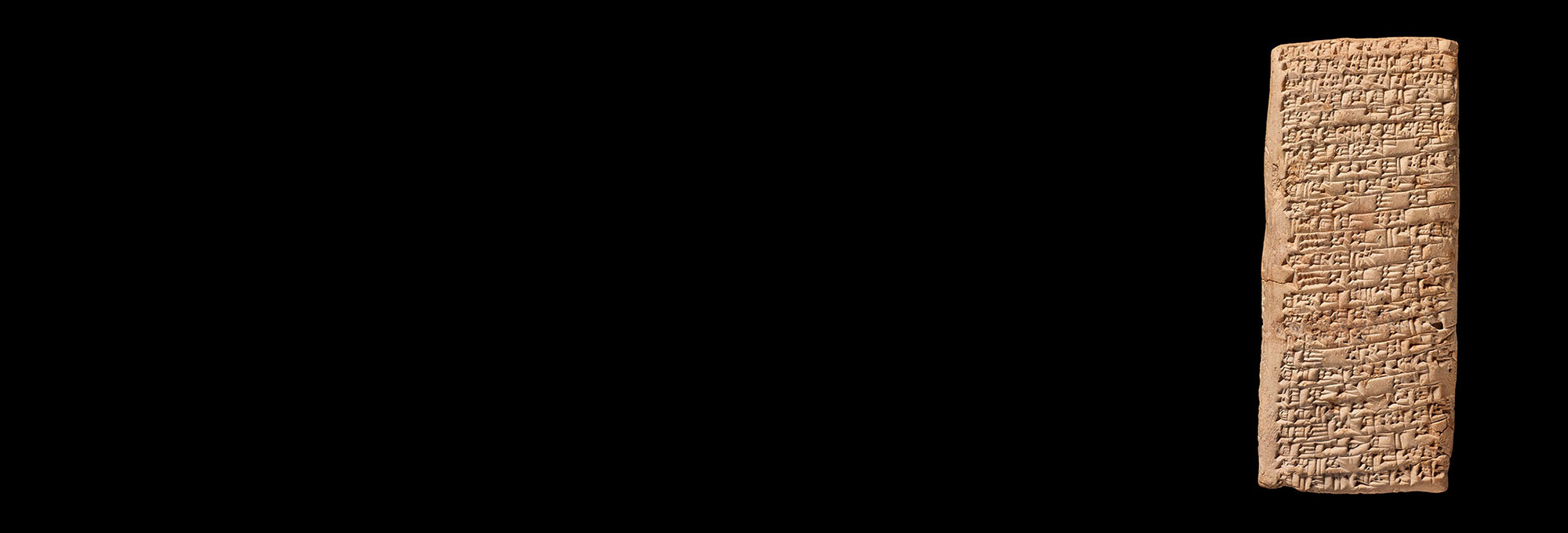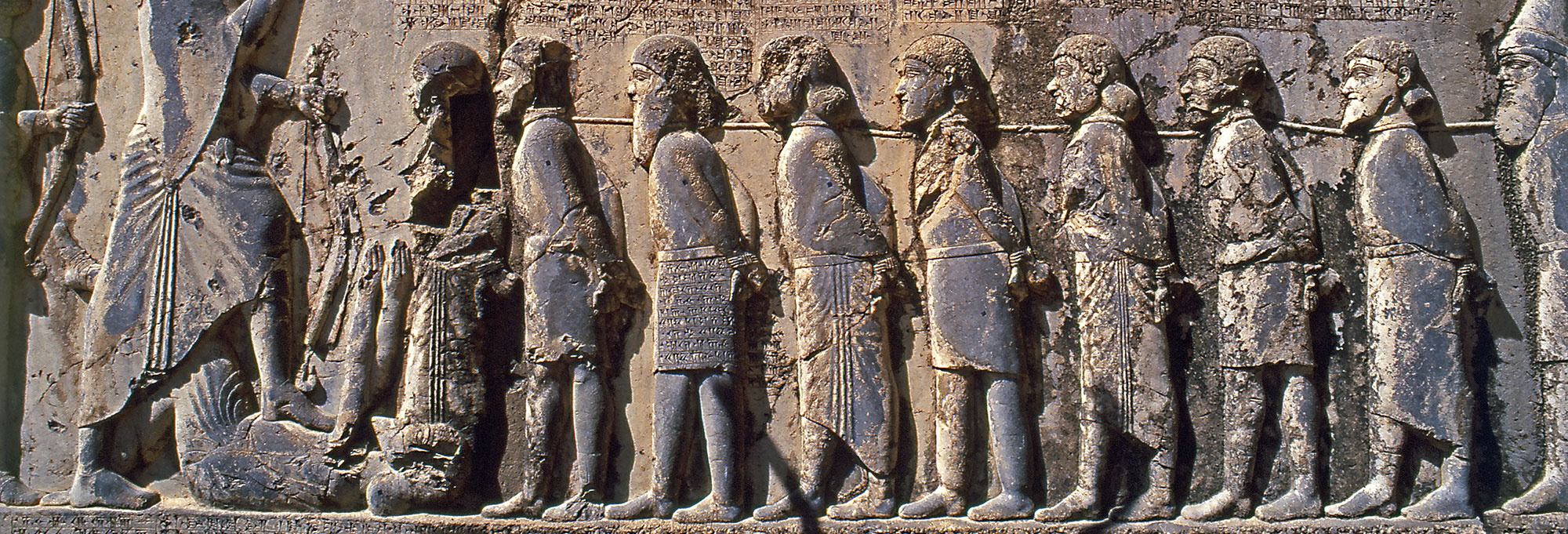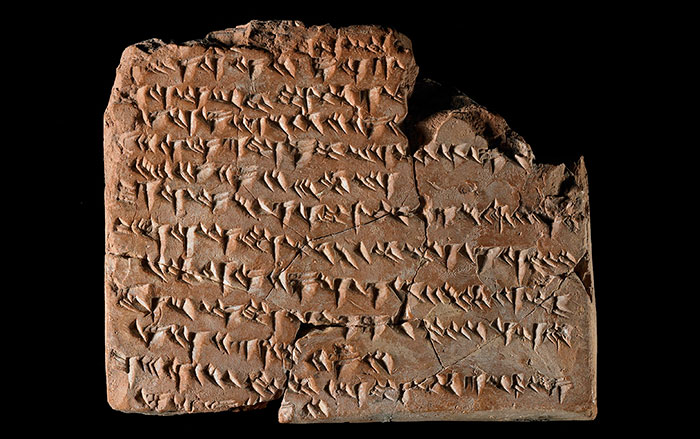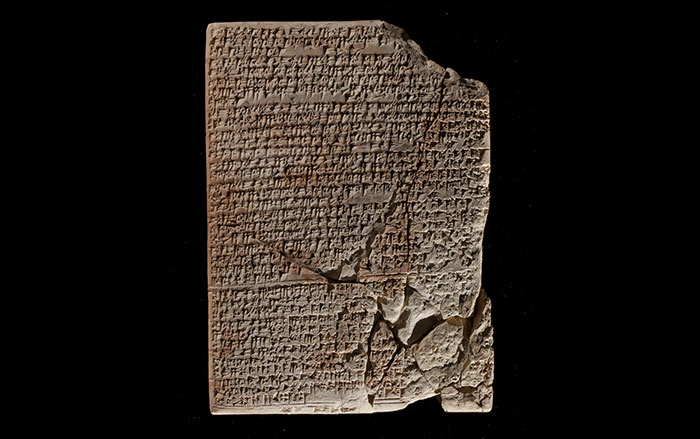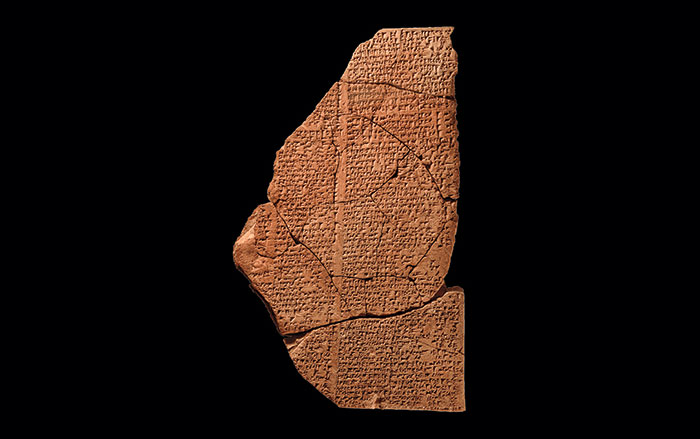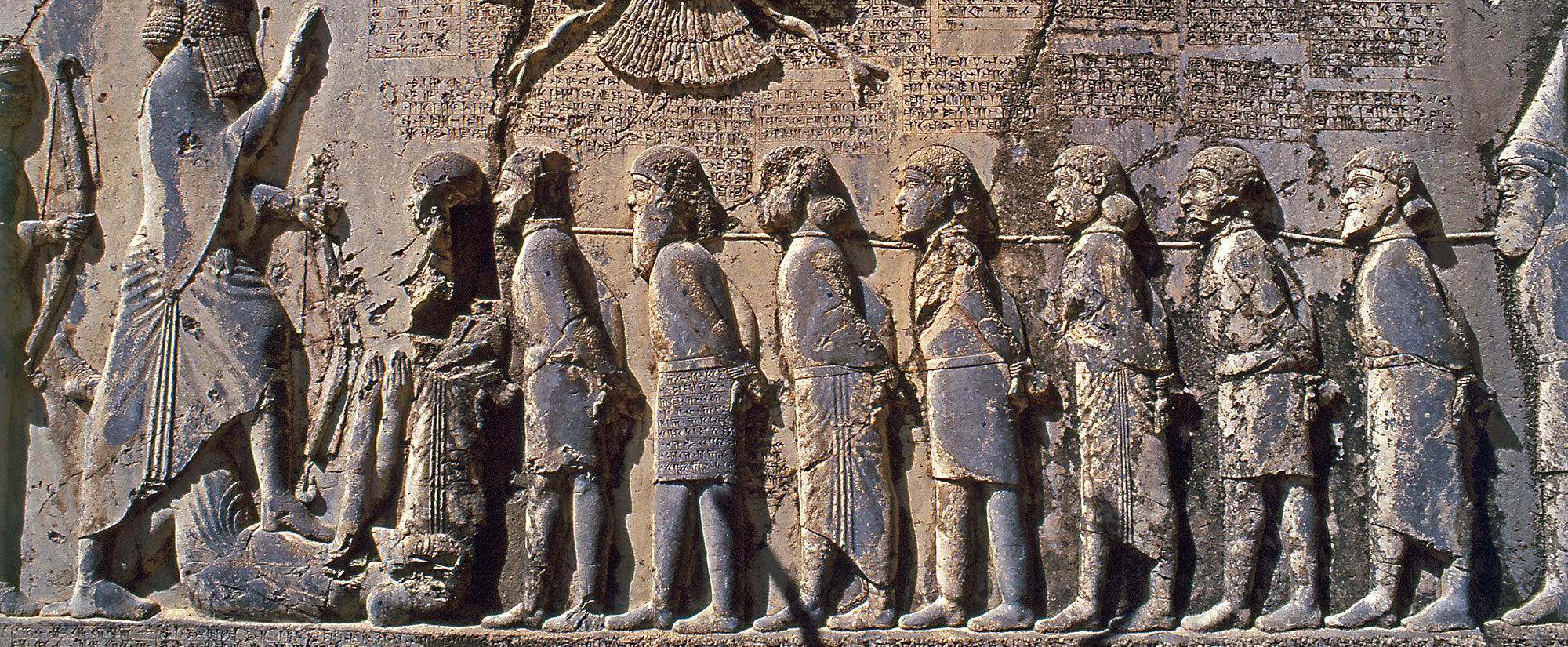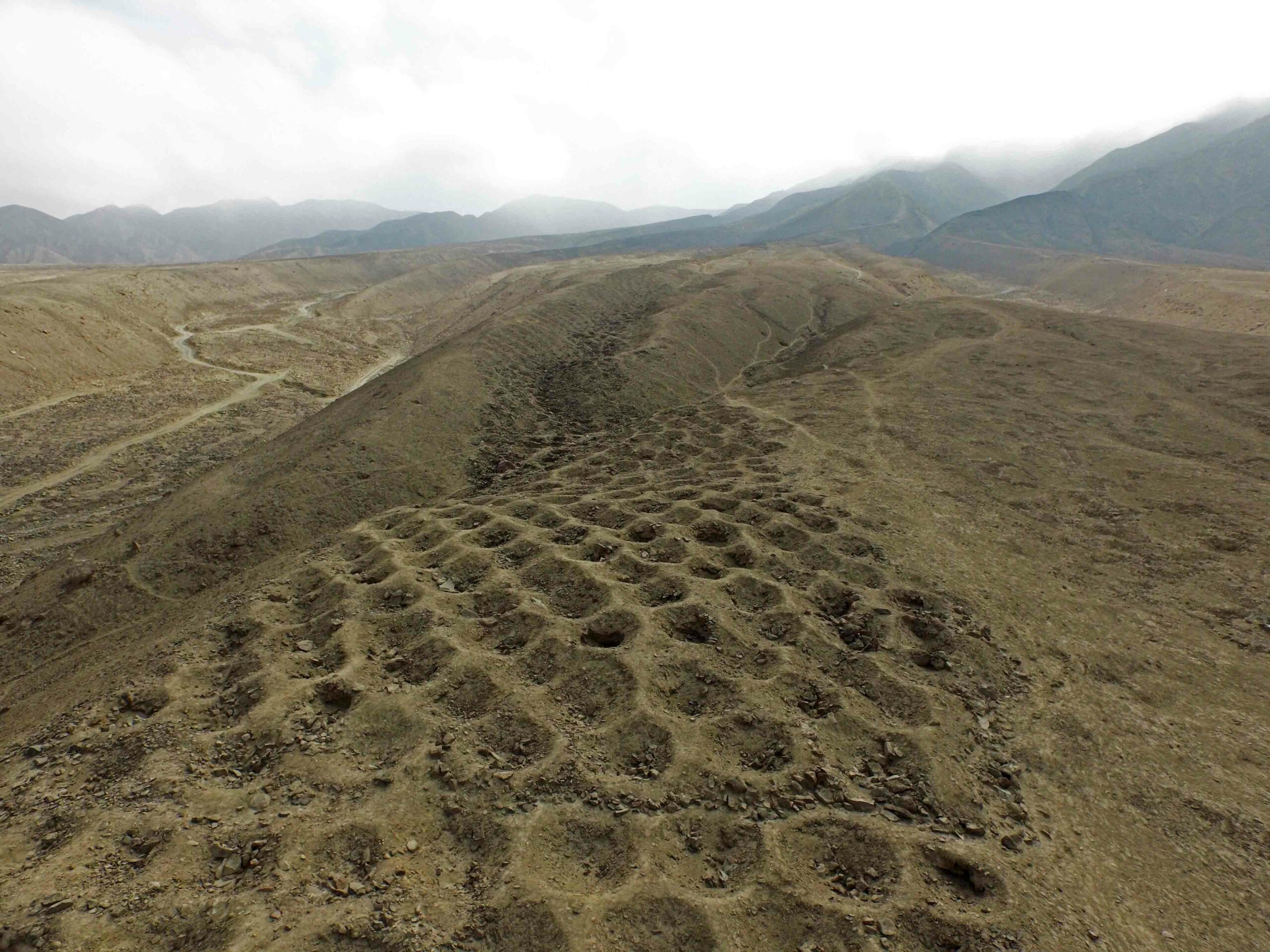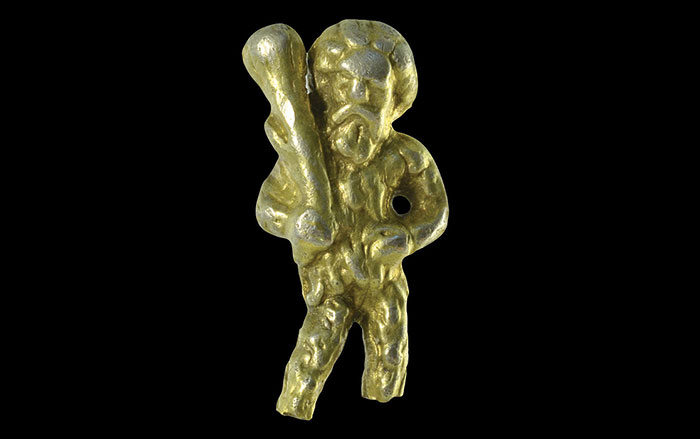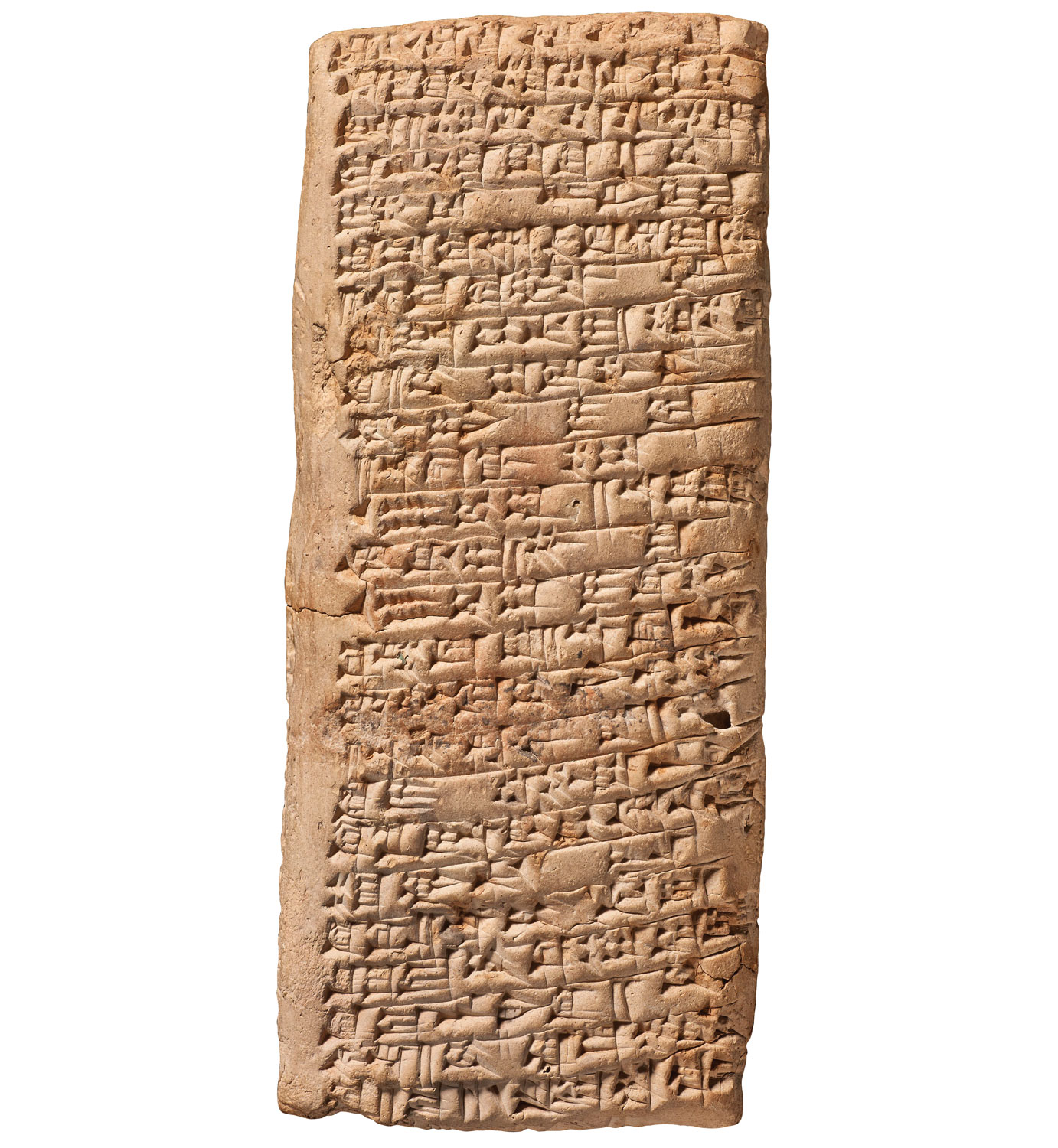
Among the thousands of Mesopotamian tablets containing both official and personal letters, one example stands out as the first recorded customer complaint and evidence of a business relationship gone very sour. Nearly 4,000 years ago, a man named Nanni expressed his extreme displeasure to the merchant Ea-nasir about a recent copper shipment:
When you came, you said to me as follows: “I will give Gimil-Sin (when he comes) fine quality copper ingots.” You left then but you did not do what you promised me. You put ingots that were not good before my messenger (Sit-Sin) and said: “If you want to take them, take them; if you do not want to take them, go away!” What do you take me for, that you treat somebody like me with such contempt....Take cognizance that (from now on) I will not accept here any copper from you that is not of fine quality. I shall (from now on) select and take the ingots individually in my own yard, and I shall exercise against you my right of rejection because you have treated me with contempt.


